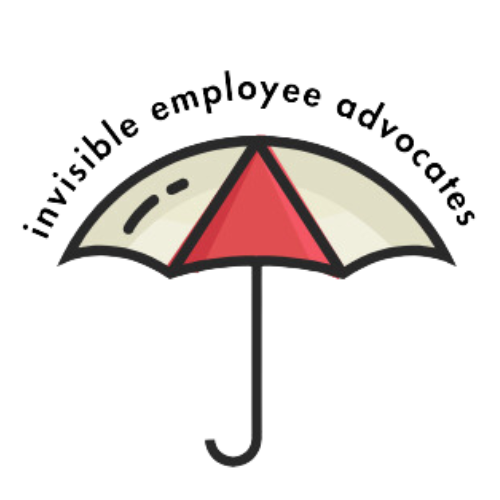Work/Life Balance and Work/Life Integration Are Two Different Things (Blog 5/20/25)
In recent years, you may have heard of the debate between proponents of work/life balance (a concept introduced into the workplace in 1910) and those of a newer concept – work/life integration. You may be wondering what the big deal is. After all, “A rose by any other name,” right? Well, that’s not the case. In fact, these are two totally different ideas regarding how employees should accomplish their work and personal responsibilities. We might even say that these two conflicting ideas are direct opposites. Let’s start by getting a clear understanding of each of these concepts.
Work/Life Balance
Under the work/life balance approach, the main goal for employees is “separation.” Keeping their personal and professional lives separated. In other words, while employees are on the clock, they should strive to stay focused on accomplishing their job duties first and foremost. Blocks of time during the workday are set aside to perform job duties, and blocks of time are designated for performing personal tasks (preferably outside the workday hours). Supporters of this approach argue that keeping their job and personal lives separated allows employees to be more fully engaged in their work.
Work/Life Integration
Instead of striving to keep job and family responsibilities apart, the work/life integration approach allows employees to find ways to blend the two to reduce conflict and promote synergy. Employees are encouraged to find creative ways to handle their work duties and personal responsibilities simultaneously during their day. Proponents of work/life integration argue that it helps improve employees’ overall well-being and satisfaction in both their work and family lives by reducing stress and improving employee retention, among other positive outcomes.
So, which is Better for Working Caregivers?
The answer to this question is not that easy. It can vary across companies and even across departments within organizations. A key characteristic of work/life integration is “flexibility.” Employees have the autonomy to decide when and where they do their work as long as it’s completed on time. So, they make choices around how to integrate for example, taking a loved one to a doctor’s appointment and attending an important team meeting. Perhaps listening to the meeting while in the car driving to the doctor’s office would be a viable option for accomplishing both responsibilities.
Clearly, not all situations or job functions readily lend themselves to work/life integration. Employers as well as employees must address considerations such as the type of work being performed and the organizational culture. In her article in SHRM, Arlene S. Hirsch suggests that leaders and managers can more effectively improve employee engagement by:
“letting go of outdated, office-centric workplaces and shifting to more human-centric work options, where work revolves around what’s best for employees so that they can complete work to the highest standard and accommodate their personal lives.”
Pulling It All Together
We realize that we have not answered the question regarding which work/life format is better for working caregivers – work/life balance or work/life integration? As we have mentioned, there are things to be considered in making this determination. Employers must consider how they can best support their working caregivers in helping them to reduce conflict between their work and caregiving responsibilities, promote employee well-being, job satisfaction and productivity. Employees must consider what they need to be successful in fulfilling their dual roles as employees and caregivers, with a keen eye toward minimizing stress, maintaining personal wellness, and remaining valuable contributors to the organization.
We should mention here, that in the context of working caregivers, the work/life balance concept may be less achievable than work/life integration. Trying to maintain an impenetrable wall between work and caregiving duties may be untenable. Arriving at work late because you needed to pick up a prescription at the drugstore, speaking to a loved one’s doctor during your work hours because that’s the only time you can reach him/her, or leaving a meeting to take a call from a family member are all realistic interruptions to the workday of a working caregiver.
However, when viewed from the work/life integration perspective, the employee in the drugstore example might take the approach of starting his/her work project from home that morning while waiting for the prescription to be delivered. Valuable time is spent on work responsibilities instead of going to the drugstore to pick up medication and bring it back before going to work.
Again, flexibility of employers and managers is a critical component for sustainable work/life integration work cultures. They also require a clear understanding of employees’ needs, particularly the needs of working caregivers. So, each organization must decide for itself regarding which side of the debate between work/life balance and work/life integration works best for them. Meanwhile, we encourage employers and working caregiver employees to be clear about their needs when trying to arrive at solutions to achieve success for all involved. It’s your call!
Until the next blog!
Thank you for reading, for being there and for caring!
Reference
SHRM, From Work/Life Balance to Work/Life Integration, by Arlene S. Hirsch, May 4, 2023.
